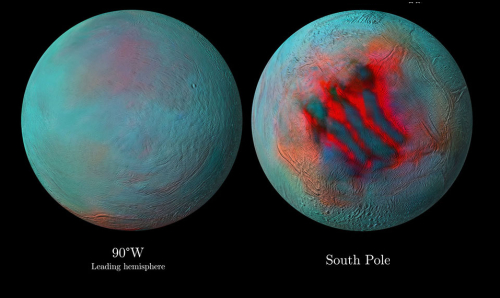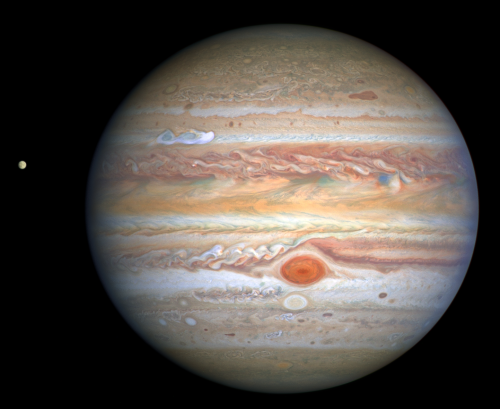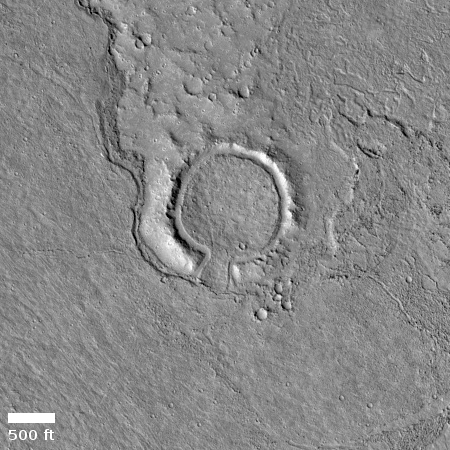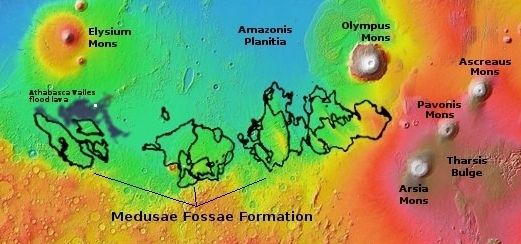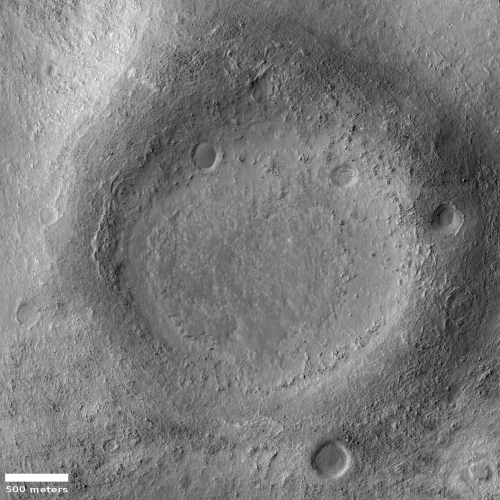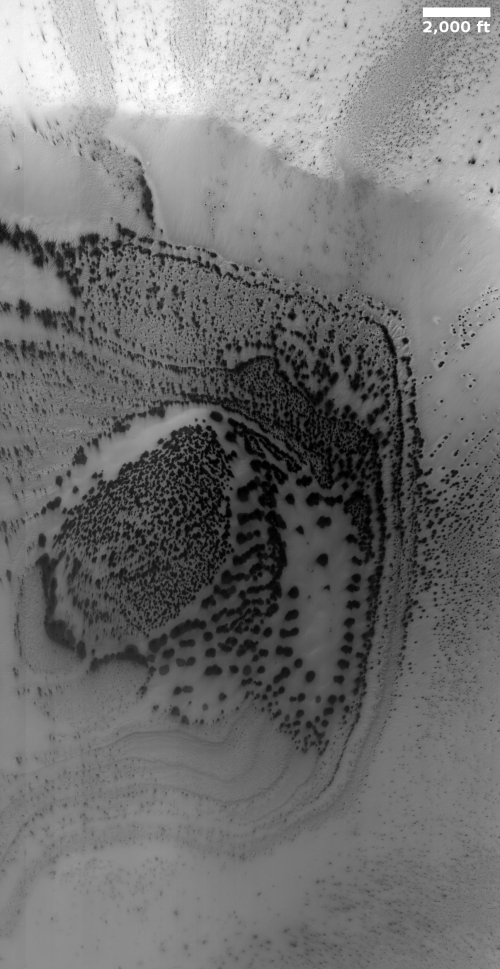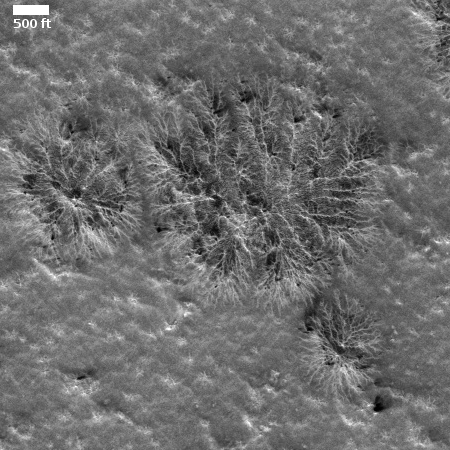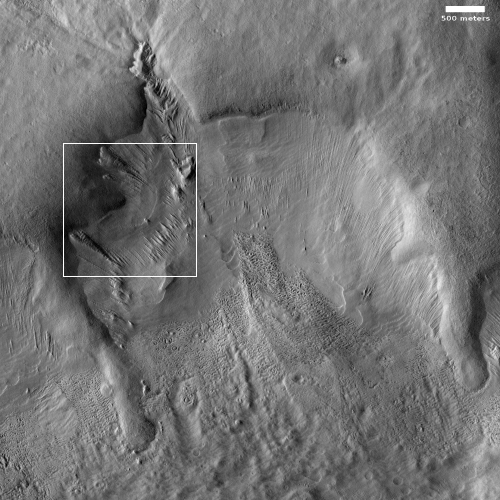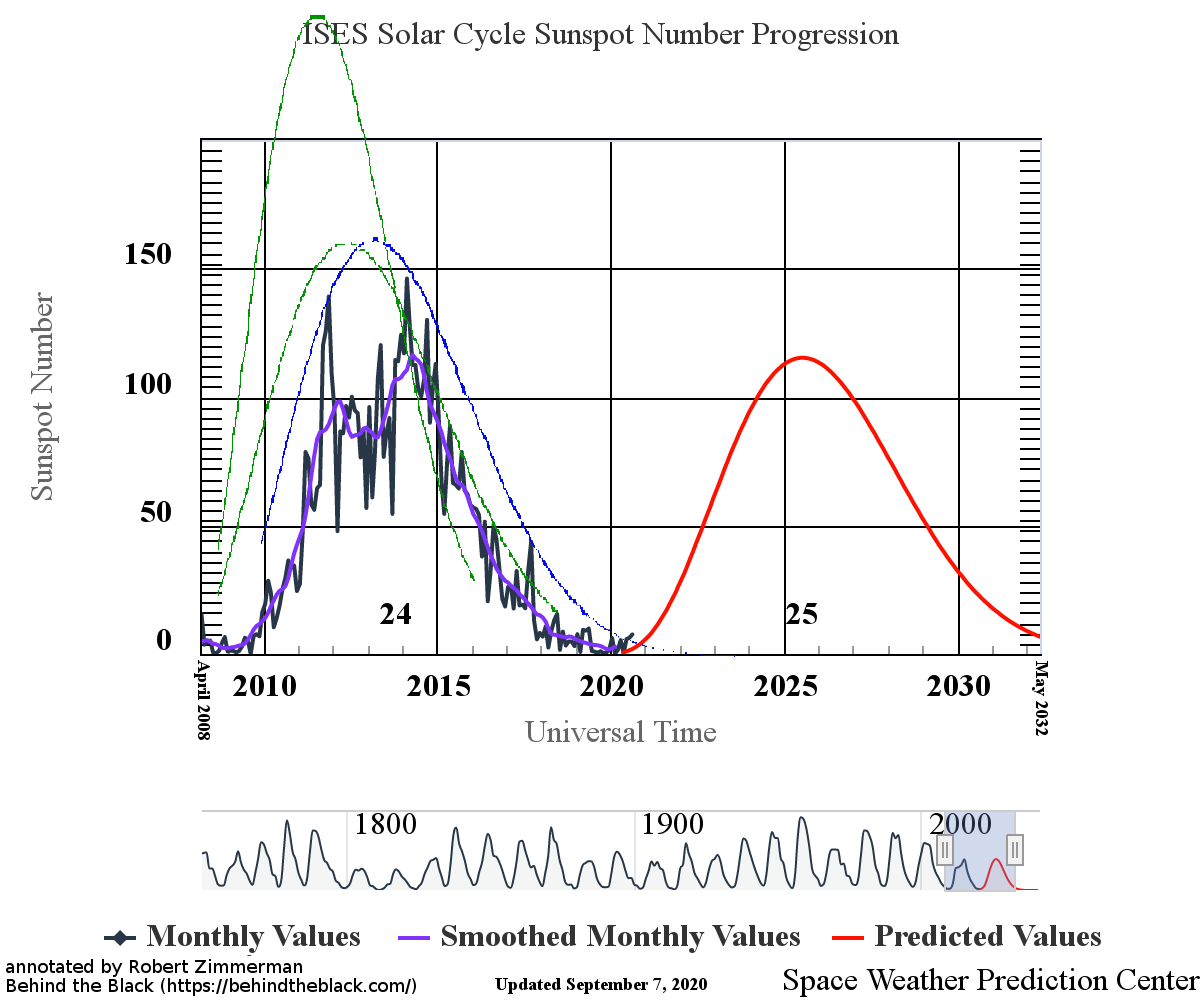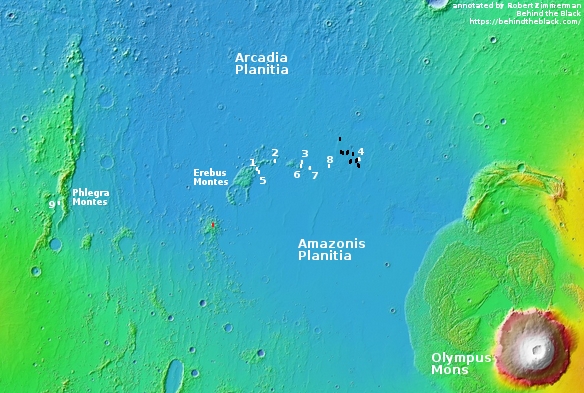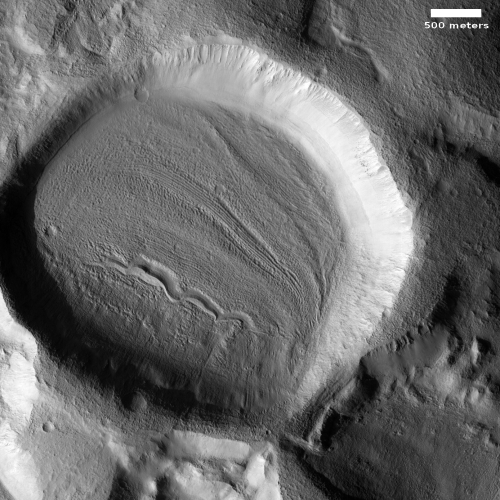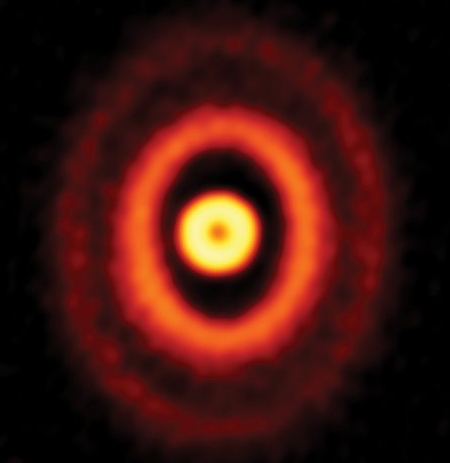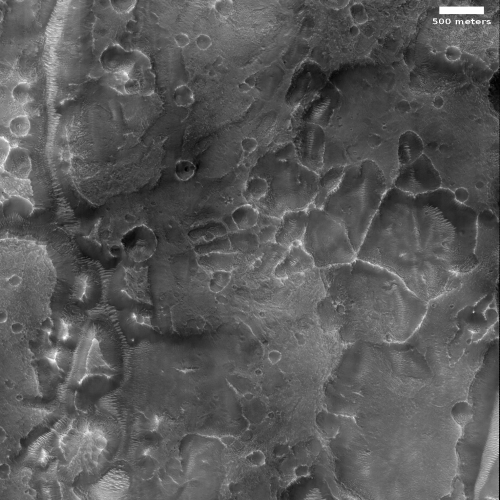The coming dark age: Scientists today announced that they had detected a tiny amount of the rare chemical phosphine in the upper atmosphere of Venus, and immediately jumped to the absurd conclusion that this was a sign of life.
The international team, which includes researchers from the UK, US and Japan, estimates that phosphine exists in Venus’s clouds at a small concentration, only about twenty molecules in every billion. Following their observations, they ran calculations to see whether these amounts could come from natural non-biological processes on the planet. Some ideas included sunlight, minerals blown upwards from the surface, volcanoes, or lightning, but none of these could make anywhere near enough of it. These non-biological sources were found to make at most one ten thousandth of the amount of phosphine that the telescopes saw.
To create the observed quantity of phosphine (which consists of hydrogen and phosphorus) on Venus, terrestrial organisms would only need to work at about 10% of their maximum productivity, according to the team. Earth bacteria are known to make phosphine: they take up phosphate from minerals or biological material, add hydrogen, and ultimately expel phosphine. Any organisms on Venus will probably be very different to their Earth cousins, but they too could be the source of phosphine in the atmosphere.
To leap from finding twenty molecules out of a billion of a single rare chemical to claiming this is a sign of life is absurd. And yet, this is what these scientists do, in the European Space Agency (ESA) press release at the link above, as well as this Royal Astronomical Society press release.
This discovery is not giving us “a hint of life on Venus.” All these scientists have done is detect a chemical whose formation in Venus’ very alien environment is a mystery. Yes, on Earth this chemical comes from life related activities, but to claim that the presence of biology must explain it on Venus is not science, but witchcraft and the stuff of fantasy. We know practically nothing about the full make-up of Venus’ atmosphere, its chemistry and environment, which makes it impossible to hint at any theories, no less life.
The worst part of this is that we can expect our brainless media to run with these claims, without the slightest effort of incredulity.
We live in a world of make believe and made-up science. Data is no longer important, only the leaps of fantasy we can jump to based on the slimmest of facts. It was this desire to push theories rather than knowledge that locked humanity into a dark age for centuries during the Middle Ages. It is doing it again, now, and the proof is all around you, people like zombies and sheep, wearing masks based not on any proven science but on pure emotions.

